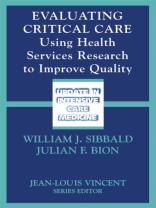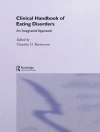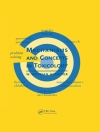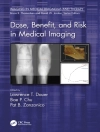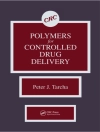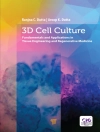Measuring the quality of a complex service like critical care that combines the highest technology with the most intimate caring is a challenge. Recently, con- sumers, clinicians, and payers have requested more formal assessments and comparisons of the quality and costs of medical care [2). Donabedian [1) pro- posed a framework for thinking about the quality of medical care that separates quality into three components: structure, process, and outcome. An instructive analogy for understanding this framework is to imagine a food critic evaluating the quality of a restaurant. The critic might comment on the decoration and lighting ofthe restaurant, how close the tables are to each other, the extent ofthe wine list and where the chef trained. These are all evaluations of the restaurant structure. In addition, the critic might comment on whether the service was courteous and timely – measures of process. Finally, the critic might comment on outcomes like customer satisfaction or food poisoning. Similarly, to a health care critic, structure is the physical and human resources used to deliver medi- cal care. Processes are the actual treatments offered to patients. Finally, outcomes are what happens to patients, for example, mortality, quality of life, and satisfac- tion with care (Table 1). There is a debate about which of these measurements is the most important measure of quality.
Julian F. Bion & William J. Sibbald
Evaluating Critical Care [PDF ebook]
Using Health Services Research to Improve Quality
Evaluating Critical Care [PDF ebook]
Using Health Services Research to Improve Quality
Achetez cet ebook et obtenez-en 1 de plus GRATUITEMENT !
Langue Anglais ● Format PDF ● ISBN 9783642567193 ● Éditeur Julian F. Bion & William J. Sibbald ● Maison d’édition Springer Berlin Heidelberg ● Publié 2012 ● Téléchargeable 3 fois ● Devise EUR ● ID 6327109 ● Protection contre la copie Adobe DRM
Nécessite un lecteur de livre électronique compatible DRM
